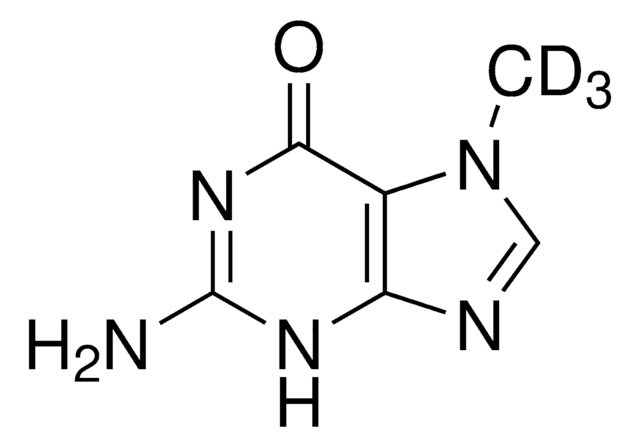459984
Rhenium
foil, thickness 1.0 mm, 99.98% trace metals basis
Synonym(s):
Rhenium element
Sign Into View Organizational & Contract Pricing
All Photos(1)
About This Item
Empirical Formula (Hill Notation):
Re
CAS Number:
Molecular Weight:
186.21
EC Number:
MDL number:
UNSPSC Code:
12141737
PubChem Substance ID:
NACRES:
NA.23
Recommended Products
Assay
99.98% trace metals basis
form
foil
description
19.3 μΩ-cm, 20°C
thickness
1.0 mm
bp
5596 °C (lit.)
5627 °C (lit.)
mp
3180 °C (lit.)
density
21.02 g/cm3 (lit.)
SMILES string
[ReH]
InChI
1S/Re
InChI key
WUAPFZMCVAUBPE-UHFFFAOYSA-N
Looking for similar products? Visit Product Comparison Guide
Quantity
13 g = 25 × 25 mm
Storage Class Code
13 - Non Combustible Solids
WGK
nwg
Flash Point(F)
Not applicable
Flash Point(C)
Not applicable
Personal Protective Equipment
dust mask type N95 (US), Eyeshields, Gloves
Choose from one of the most recent versions:
Already Own This Product?
Find documentation for the products that you have recently purchased in the Document Library.
Jan Dietrich et al.
Inorganic chemistry, 52(3), 1248-1264 (2013-01-15)
New cationic metallo ligands L1-L3 based on bis(terpyridine) ruthenium(II) complexes decorated with differently substituted 2,2'-bipyridines attached via amide groups (5-NHCO-bpy, 4-CONH-bpy, 5-CONH-bpy) were prepared. Coordination of Re(I)Cl(CO)(3) fragments to the bpy unit gives the corresponding bimetallic Ru~Re complexes 1-3. Hydrogen
Yanfeng Jiang et al.
Journal of the American Chemical Society, 135(10), 4088-4102 (2013-02-07)
Diiodo Re(I) complexes [ReI2(NO)(PR3)2(L)] (3, L = H2O; 4 , L = H2; R = iPr a, Cy b) were prepared and found to exhibit in the presence of "hydrosilane/B(C6F5)3" co-catalytic systems excellent activities and longevities in the hydrogenation of
Cinzia Spagnul et al.
Journal of inorganic biochemistry, 122, 57-65 (2013-03-12)
The synthesis and characterization of two novel water soluble porphyrins with three meso pyridyl rings and one peripheral chelator - either a diethylenetriamine unit (4) or a bipyridyl fragment (8) - for binding to the {(99m)Tc(CO)3}(+) moiety is reported. In
Shalina C Bottorff et al.
Inorganic chemistry, 52(6), 2939-2950 (2013-03-06)
The viability of the Huisgen cycloaddition reaction for clickable radiopharmaceutical probes was explored with an alkyne-functionalized 2-[(pyridin-2-ylmethyl)amino]acetic acid (PMAA) ligand system, 3, and fac-[M(I)(OH2)3(CO)3](+) (M = Re, (99m)Tc). Two synthetic strategies, (1) click, then chelate and (2) chelate, then click
Raphael Horvath et al.
Inorganic chemistry, 52(3), 1304-1317 (2013-01-15)
Transition-metal complexes of the types [Re(CO)(3)Cl(NN)], [Re(CO)(3)py(NN)](+), and [Cu(PPh(3))(2)(NN)](+), where NN = 4,4'-bis(5-phenyl-1,3,4-oxadiazol-2-yl)-2,2'-bipyridine (OX) and 4,4'-bis(N,N-diphenyl-4-[ethen-1-yl]-aniline)-2,2'-bipyridine (DPA), have been synthesized and characterized. Crystal structures for [Re(CO)(3)Cl(DPA)] and [Cu(PPh(3))(2)(OX)]BF(4) are presented. The crystal structure of the rhenium complex shows a trans
Our team of scientists has experience in all areas of research including Life Science, Material Science, Chemical Synthesis, Chromatography, Analytical and many others.
Contact Technical Service





![(1S,4S)-(−)-2-Boc-2,5-diazabicyclo[2.2.1]heptane 95%](/deepweb/assets/sigmaaldrich/product/structures/401/063/1eb3be94-6385-4815-8b42-ff76c097cc27/640/1eb3be94-6385-4815-8b42-ff76c097cc27.png)

